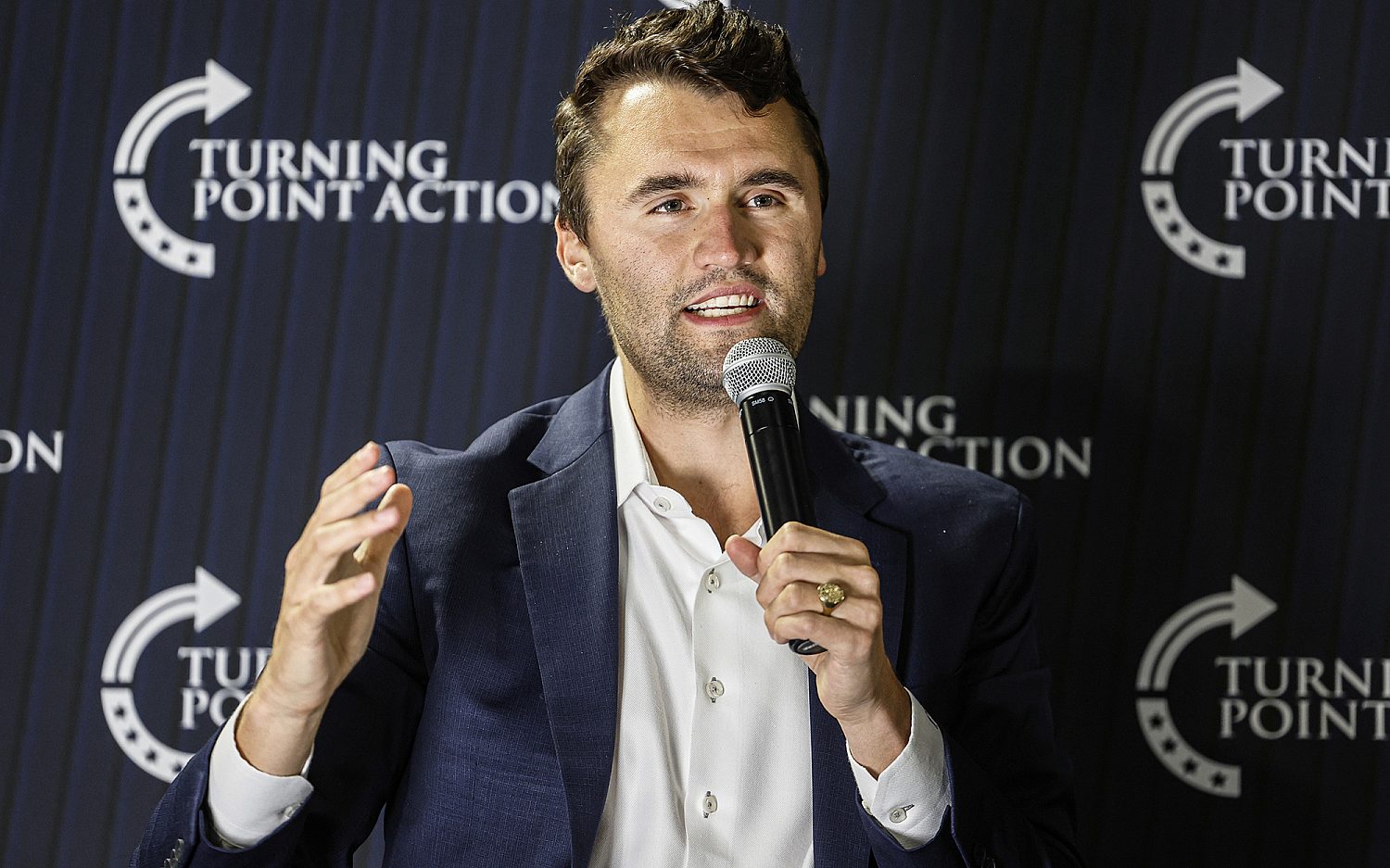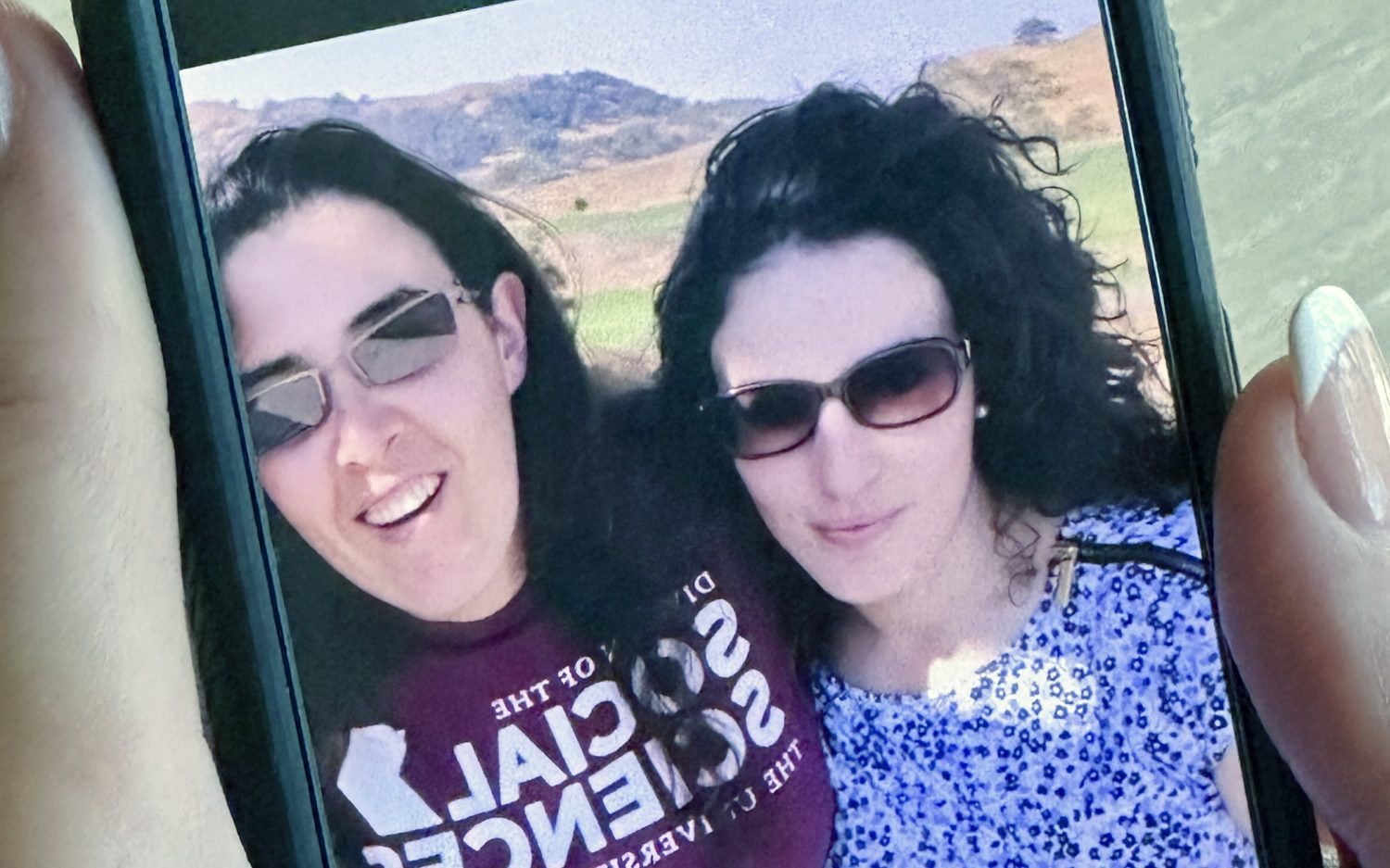Storytelling from simple to complex
It’s vital to recognize that news stories have protagonists and antagonists, missions and obstacles
The deadline to apply to the World Journalism Institute college class in May and compete for summer internships is March 20. (For more information and to apply, visit the WJI website.) We emphasize hands-on teaching and want students to do some reading in advance about the basics of storytelling, so that they don’t confuse having a theme or a topic with producing a story.
What’s basic: Compelling stories have a protagonist or protagonists on a mission, one or more antagonists, and obstacles to success. For example, the three little pigs in their famous story are our protagonists. Their mission is building houses. The barrier to success for two of them is laziness—they don’t want to spend the time to build a strong house. They have an antagonist—the big bad wolf.
It’s important to have a strong, vigorous antagonist. If the wolf’s problem was just big teeth and a pointy nose, Congress could pass a bill giving him free orthodontist visits and free plastic surgery. (Wait—Congress may already have done that.) But what makes for a compelling story is the wolf’s murderous disposition.
Even the simplest spot news story has a protagonist, mission, antagonist, and barriers. Here’s one:
“Firefighters [protagonist] last night battled a blaze [antagonist]. Because of high winds and low water pressure [barriers] it took two hours to extinguish the flames [mission].”
Or another:
“Police [protagonist] yesterday took a bite out of crime [mission] by arresting the East Side cat burglar [antagonist]. He surrendered only after he fired two shots [barrier] and yelled, ‘You’ll never take me alive.’”
The Bible has a more complicated structure, but essentially it is a story of creation, fall, and redemption. God’s mission is to rescue His people and save them from sin. Christ is the protagonist and Satan as the antagonist who seems to win in the Garden, seems to win at many times throughout the history of Israel, and seems to win on Good Friday—but loses in the end. Each book of the Bible, sometimes each chapter, has its own drama.
In chapter three of Genesis, for example, Adam and Eve are the protagonists with the mission of continuing to be able to walk with God in the Garden of Eden. Satan in serpent form is the antagonist, tempting the first couple to sin. The fruit of the two trees are the obstacles to mission fulfillment, which occurs through obedience. When Adam and Eve disobey they are cast out, and the next chapter begins: How will they and their children fare in wilderness?
Further chapters in Genesis and other historical books of the Old Testament could all be charted in this way. The difference between the Bible and the Quran is striking: News and features make up most of the Bible, but the Quran is almost all editorial, telling rather than showing. The Bible tells stories, the Quran gives orders—so one way that Christian journalists reflect biblical teaching is by emphasizing storytelling.
Even when the Bible moves away from story form, story frameworks are still evident. For example, in the passage from Ezekiel 33 about watchers on the wall, who have a calling like that of journalists, the protagonist is the watchman, and the antagonist is a literal enemy bringing a sword to the land, or a metaphorical enemy: sin. The watchman’s goal is to warn the people when a threat appears. Barriers to successful fulfillment of the mission include laziness (the watchman sleeping at his post), blindness (not seeing the threat), cowardice (fear that warning the wicked will bring retribution from them), or wickedness (siding with evil).
Let’s apply this to some stories in WORLD. Here’s one: Several years ago I visited China and saw with my own eyes the burgeoning house churches of China. I interviewed Chinese leaders, including CEOs who had become Christians, and then wrote, “With house churches multiplying in cities and influential executives coming to faith, Christianity is growing so fast in China that Communist officials are having a hard time keeping up.”
In that story Chinese Christians are the protagonists, with a mission of spreading the gospel, and Communist officials are the antagonists. The protagonists face barriers: harassment and sometimes persecution, their own fear and desires. I did not write that the success of their mission is assured or that we can derive easy lessons from their experience.
Another example: Near the end of a story with the literal headline, “Dead ends in Darfur,” editor Mindy Belz concluded that “More than three years after fierce militia known as janjaweed (“armed horsemen”) began raiding villages, raping women, killing children, and torching property, the world is little closer to a lasting solution to what many call the world’s worst humanitarian crisis.” The protagonists are innocent people, their mission is to raise crops and children, and their biggest obstacle is the lack of any obstacles in the way of their antagonists, the janjaweed.
Other stories aren’t as clear-cut. When WORLD described the soaring price of food and the effect that had on the poor, managing editor Tim Lamer concluded that, “Many forces are at work in bringing about higher food prices. One of these forces—the diversion of land and crops to biofuel production at the expense of food production—is unlike the others: Congress has the power to change it.”
Here the protagonists are poor people with the mission of obtaining less expensive food, the antagonist is biofuel production that raises prices, and the obstacle is a Congress that’s providing biofuel incentives and thus indirectly raising the price of food. But look carefully: It’s possible to take the same set of facts and arrive at a very different plot. A supporter of biofuel production could say the producers are the protagonists and their mission is to reduce America’s dependence on Saudi Arabia. He could say that the antagonists are people demanding lower food prices, and one of their obstacles is a magazine like WORLD that tends to emphasize the needs of the poor.
It’s vital to recognize that stories have protagonists and antagonists, missions and obstacles. They don’t write themselves. Some journalists say, “I just report the facts”—but it’s important to understand that facts by themselves sit like lumps of coal. Those lumps provide warmth only when placed in a furnace, and facts heat our minds only when placed within stories.
For example, in covering the battle about same-sex marriage many newspapers and magazines have a consistent story line: The mission to expand gay rights is a continuation of the civil rights progress of the 1950s and ’60s. Gays are protagonists and conservatives are antagonists, receiving treatment like that of segregationists 50 years ago, and conservative views are obstacles.
None of this is surprising. Reporters do not call conservative legislators “the last defense” against the denigration of marriage. It’s unrealistic to expect balance when mainstream journalists see opponents of homosexuality as defenders of social cancer. No one sees the need to balance news of a new anti-cancer drug with statements by pro-cancer proponents.
All reporting in one sense is directed reporting, directed by some worldview. Reporters and editors have to decide story lines. Virtually every experienced reporter has some idea about a story line before reporting begins. Reporters have to be willing to change story lines when facts on the ground confound expectations—but there are no brute facts, for each lives within a context. And keep in mind one other aspect: At least with print publications, space is limited. A lengthy examination of one issue may mean no time spent on another.
See “Desperately seeking Pulitzers” for examples of Associated Press storytelling. And here are a couple of stories for you to practice picking out the protagonists and antagonists, missions and obstacles.
From the Associated Press:
Senate panel rejects business tax breaks for private education
RICHMOND, Va.—A Senate committee has killed a bill that proposed providing up to $25 million in annual tax breaks for companies that donated to nonprofit organizations that paid for private-school tuition for needy students. The Senate Finance Committee voted 9-6 along party lines Tuesday to defeat Republican Del. Jimmie Massie’s bill, one of Gov. Bob McDonnell’s key education-reform measures.
The Republican governor chastised the panel’s Democratic majority, saying in a statement Tuesday that they “voted against innovative education reforms that would increase educational opportunities for Virginia’s underprivileged children, and have instead decided to side with special interest groups and unions.”
The bill proposed creating a program that would award tax credits to corporations for cash donations to nonprofits that provide tuition assistance for kindergarten and first-grade students who qualify for free- or reduced-lunch programs. It’s modeled after a Florida program, and supporters of the Virginia proposal said it would benefit needy children while saving the state money. …
Florida’s tuition tax-break program was started about a decade ago; now more than 30,000 students attend private schools under the plan. Groups representing Virginia’s school boards and teachers said taking up to $25 million from Virginia’s general fund in the form of corporate tax breaks would siphon state money from public school systems. They also said that taking a few students out of a public school doesn’t significantly reduce the school’s overall operating costs.
“The last thing Virginia needs right now,” said the Virginia Education Commission’s Robley Jones, “is a new entitlement program which provides tax support for private-school tuitions.”
From The New York Times, by Jeré Longman:
On wrestling mat, girls still face uphill struggle
BENNINGTON, Vt.—Holding the narrowest of leads, Rachel Hale kept the boy subdued on his hands and knees, then on his belly. Both wrestlers were 103 pounds of leverage and intent. She hooked her leg tightly around his, flattening his hips toward the mat, trying to turn him on his back and pin his shoulders, careful not to let him score decisive points by escaping or reversing positions or pinning her.
The tiny gym was packed Saturday night, and the fans grew loud, as if the volume of their voices could hurry the clock toward history. Finally, the referee tapped Hale, a 15-year-old freshman, on the shoulder. She got to her feet and leapt jubilantly, and the referee raised her right arm.
By a gripping 10-9 decision, Hale became the first girl in Vermont and the third girl in the nation ever to win a state wrestling championship while competing against boys. … Vermont is a small state; only about 200 athletes from 25 high schools compete in wrestling. Still, Rachel Hale’s victory illustrated the growing success of girls, who have qualified for state tournaments in as many as 49 states and have placed among the top finishers in at least 10. …
In Saturday morning’s semifinals, Hale pinned Aaron Roucoulet, 17, of Rutland High School in 4 minutes 19 seconds. “I respect her more because she’s dominant in a male sport,” said Roucoulet, who lost to Hale several times this season. “She has the best technique of anyone I’ve wrestled at 103.”
For Saturday night’s championship matches, about 1,100 spectators filled the gym at Mount Anthony Union. Banners and posters covered the walls. One said, “Rachel Hale 103, You Can’t Touch Her.” Lights dimmed except for four spotlights above the wrestling mat.
[Then, a dramatic five-paragraph description of the match]
Finally, time expired and Hale jumped into the arms of her coach, Scott Legacy, himself a former state champion at Mount Anthony Union. “I’m old school,” Legacy, 47, said of having a girl on his wrestling team. “This is new to me. But she’s a great kid. I see her as a wrestler, not a female.”
An actual newsletter worth subscribing to instead of just a collection of links. —Adam
Sign up to receive The Sift email newsletter each weekday morning for the latest headlines from WORLD’s breaking news team.





Please wait while we load the latest comments...
Comments
Please register, subscribe, or log in to comment on this article.